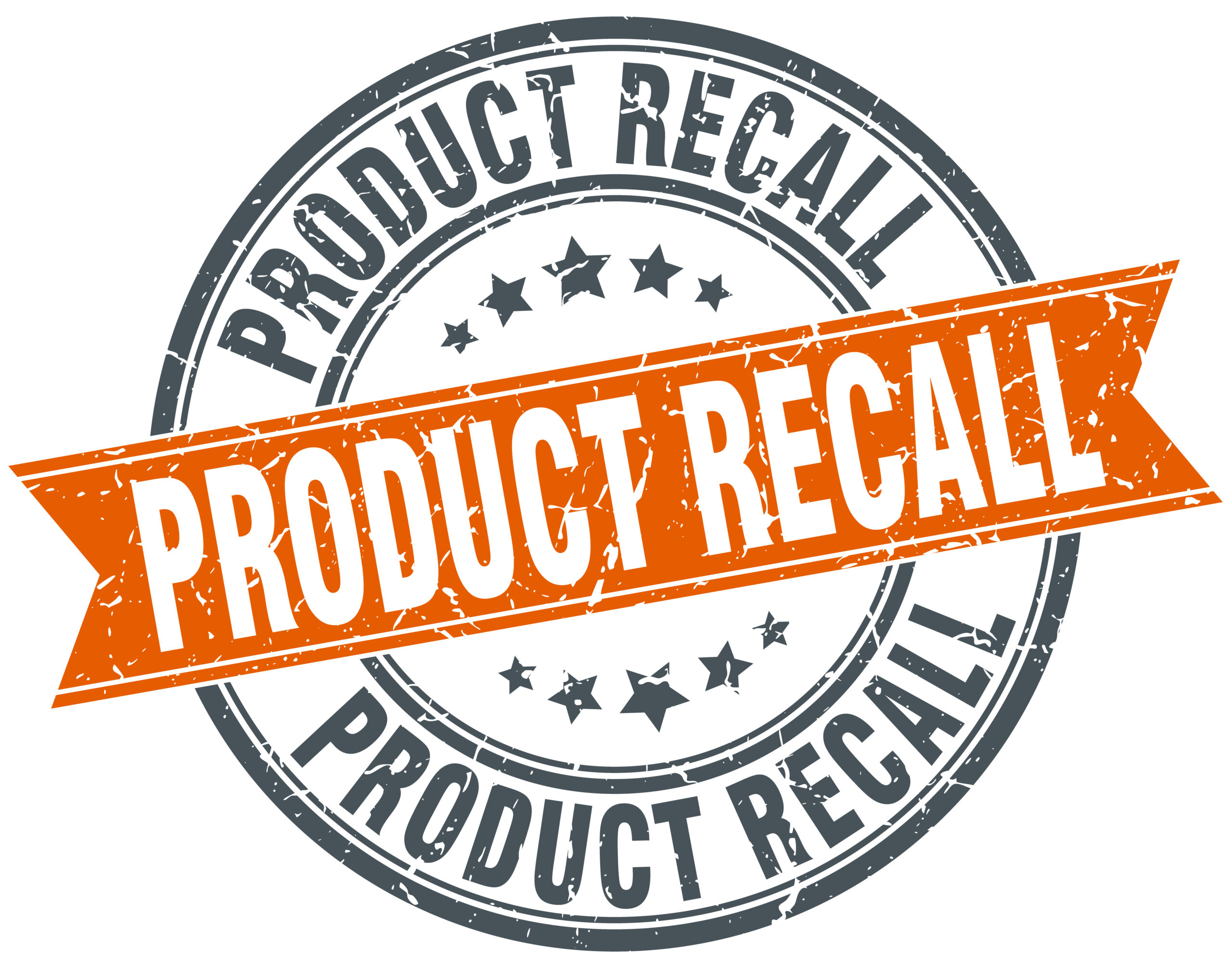Between July 20 and September 13 of 2017, 39 consumer products were recalled in the United States. As listed in Recalls.gov, products included such items as iPhone cases, LED light bulbs, furniture, clothing, ATVs, off-road motorcycles, dish soap and various kinds of children’s apparel and toys.
As sobering as this recall list is, recalls seldom give consumers sufficient warning that a product they purchased may be dangerous to their safety or health, or even threaten their life. Consumer product recalls rarely are reported in the mass media and consumers are not under obligation to haunt government recall sites to discover which products need to be taken back or disposed of. This gap in consumer notification is a key issue in product liability cases.
Product Liability
Consumers can bring a product liability lawsuit against a manufacturer if a product they purchased causes them harm or causes the death of a family member. As explained by the New York State Bar Association, product liability lawsuits fall into three basic categories:
- Design defect – The entire product line was not reasonably safe to use.
- Manufacturing defect – A particular product failed to perform as intended, although other identical products performed well.
- Failure to warn – The manufacturer failed to include warnings of the product’s dangers when used for its intended purpose, as well as its unintended, but reasonably foreseeable, uses.
The Legal Information Institute states that a design defect is one resulting in an inherently dangerous product. New York courts have ruled that in order to prevail in a product liability suit based on defective design, a plaintiff has the burden of proof to show the following:
- The product was not reasonably safe; i.e., it was inherently dangerous.
- An alternate feasible design existed.
- The proximate cause of the injury was the defect itself.
Legaldictionary.net defines proximate cause as “that which causes a negative event.” In other words, the injury or death would not have happened but for the defective product.
How Much Warning is Sufficient?
In terms of a manufacturer’s duty to warn, the issues in any given product liability case can become very nitpicky. For instance, how large of type was the warning written in? Was the warning bolded or in regular type? Was it in red or black?
Similar to a defective design case, the plaintiff in a failure to warn case must prove that the product was the proximate cause of his or her injury and damages; that is, but for the inadequacy of the warning, the injury would not have occurred. Here the plaintiff’s age and/or experience can come into play. For example, a young child injured as the result of diving into the shallow end of a swimming pool is not expected to have the same level of understanding of water depth levels clearly marked on the sides or edges of the pool as would an adult. Likewise, a casual bicyclist is not expected to have the same level of understanding of bike parts as someone who participates in bicycle races and similar competitions.
Negligence Versus Strict Liability
In New York, the plaintiff in a product liability suit brought under the negligence theory must prove that the manufacturer acted negligently in failing to use reasonable care when making the product for its intended and foreseeable uses. Depending on the defendant’s role in the manufacturing, marketing, and distribution of the product, the required standard of care could be different. For instance, the manufacturer’s duty of care encompasses the product’s design and manufacture, as well as its warnings. On the other hand, a distributor’s duty of care generally extends only to the adequate testing and/or inspection of the product prior to sale and the duty to warn of any discovered dangers.
Under the strict liability theory, the plaintiff does not need to prove negligence on the part of the defendant or that he or she knew or should have known that the product was dangerous or defective. Rather, the focus shifts to the product itself and its condition when it left the factory. Proof of a design defect, a manufacturing error, or the absence of an adequate warning is sufficient assuming the plaintiff also proves that the defective product was the proximate cause of his or her injury, suffering and damages. For those navigating these complex claims, the guidance of an experienced firm like Hecht, Kleeger & Damashek can prove invaluable.

